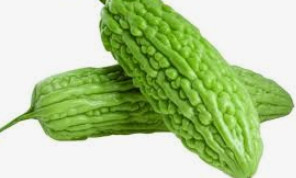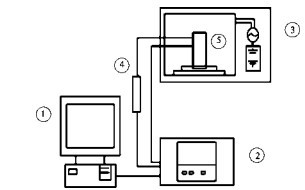Effect of drying method on the content of hypoglycemic components in bitter gourd
Abstract: By discussing the effects of different drying methods on the content of hypoglycemic components of bitter gourd, it provides an ideal drying method for the production of bitter gourd health food. The content of Momordica charantia L. was determined by biuret method, the content of bitter gourd polysaccharide was determined by phenol-sulfuric acid method, and the content of bitter gourd saponin was determined by spectrophotometry.
The results showed that the bitter melon color of the microwave drying equipment was the best, and the main hypoglycemic components were less damaged. The freeze-dried bitter gourd had the worst color and the hypoglycemic component was destroyed. The vacuum drying of bitter gourd took a long time, compared with hot air drying. The bitter melon hypoglycemic component is more damaged and the color is poor.
At the same time, it can be seen from in vitro experiments that the dried bitter gourd powder has obvious inhibitory effects on α-glucosidase and α-amylase. The hot air drying method can better preserve the hypoglycemic component of bitter gourd, and is suitable for drying the bitter gourd processing process.
Key words: bitter gourd microwave drying; saponin; polysaccharide; peptide
Bitter melon is a kind of climbing herb, which is widely distributed in temperate, subtropical and tropical regions. A large number of studies at home and abroad have shown that bitter gourd has functions such as lowering blood sugar, anti-virus, anti-cancer, anti-fertility, and enhancing immunity. Among them, the effect of lowering blood sugar has attracted people's attention.

In recent years, domestic and foreign scholars have conducted a lot of research on hypoglycemic active ingredients such as saponins, polysaccharides and peptides in bitter gourd. Sheng Qingkai and other bitter gourd peptide-P were isolated from bitter gourd. The peptide was injected subcutaneously into diabetic mice. After 2 hours, blood was taken from the tail vein to determine the blood glucose level. It was found that the injection of Momordica charantia P-P significantly reduced the blood glucose level of diabetic mice.
Dong Ying et al. used water and alkali solvent to extract bitter gourd polysaccharide, and then gave streptozotocin-induced diabetic mice respectively. It was found that the alkali extract of bitter gourd can reduce the blood sugar level of diabetic mice and increase the tolerance of oral glucose. At present, bitter gourd is mainly processed into low-sugar candied fruit, bitter gourd juice or bitter gourd tea.
Drying is a very important way in the processing of bitter gourd. In this experiment, different bitter melons were treated by different drying methods, and the changes of hypoglycemic components such as saponins, polysaccharides and peptides in bitter gourd were compared before and after drying to select the optimal drying method, and the drying method was selected for the development of bitter melon hypoglycemic health food. Provide an ideal method.